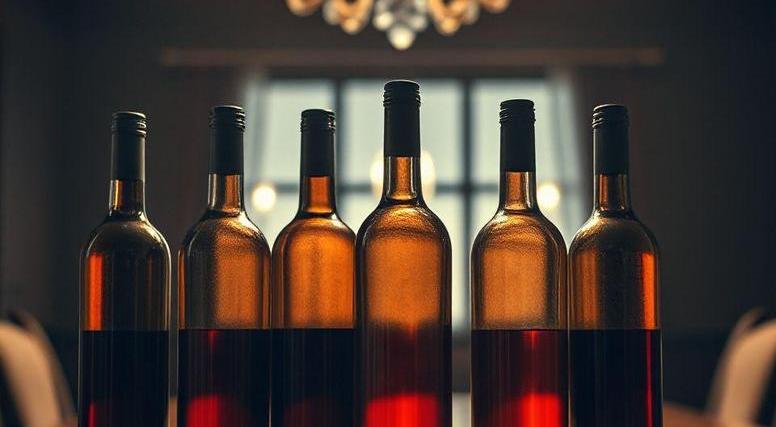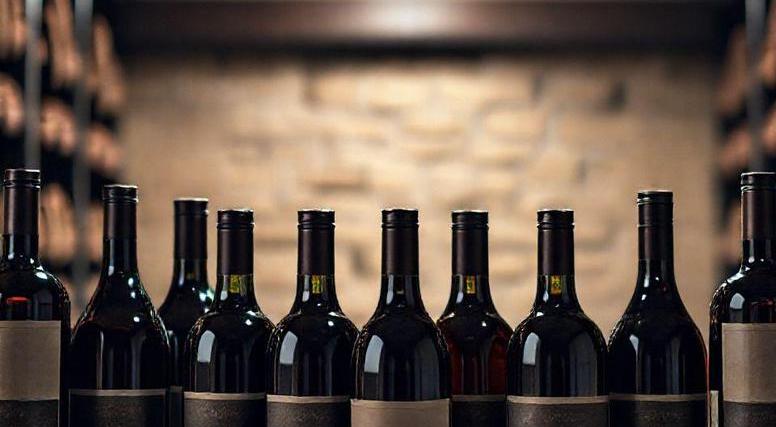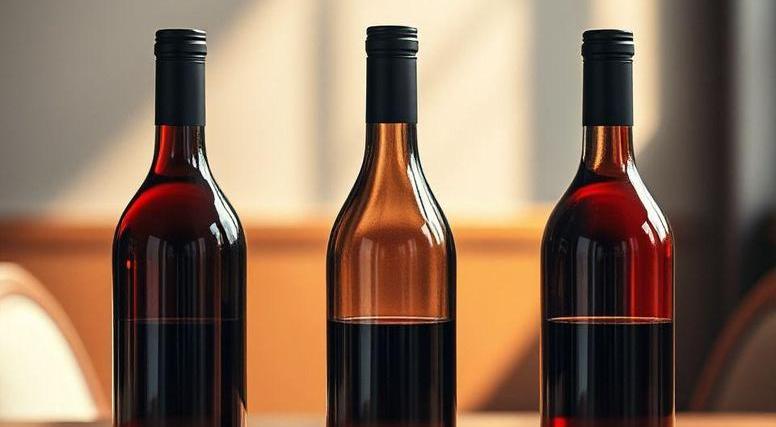- You are here:
- Home »
- Wine By Type
Category Archives for Wine By Type

Susumaniello Wine : History, Flavors, Pairings & More
Susumaniello, a relatively unsung hero in the world of Italian wines, is steadily gaining recognition for its distinctive character and rich heritage. Originating from the sun-drenched vineyards of Puglia, this ancient grape variety has been quietly making waves among wine enthusiasts with its bold flavors and unique profile. In recent years, Susumaniello has begun to […]
Continue reading
Malvasia Wine : History, Flavors, Pairings & More
Malvasia wine, a name steeped in tradition and character, represents a rich tapestry of flavors and styles that span the globe. Originating from ancient times, this versatile grape variety has been cultivated across diverse regions, each adding its own distinct touch to the wine’s profile. Known for its aromatic qualities and complex flavor spectrum, Malvasia […]
Continue reading
Vranac Wine : History, Flavors, Pairings & More
Nestled in the heart of the Balkans, Vranac wine stands as a testament to the rich winemaking heritage of Montenegro and its neighboring regions. Known for its deep, robust flavors and striking dark red hue, Vranac is a varietal that has captivated wine enthusiasts with its unique profile and storied history. This guide aims to […]
Continue reading
Lagrein Wine : History, Flavors, Pairings & More
Lagrein wine, a hidden gem of Italy’s diverse viticultural landscape, is making a notable comeback in the world of fine wines. Originating from the rugged terrains of South Tyrol in northern Italy, Lagrein is a red varietal that captures the essence of its alpine environment. Known for its deep color, rich flavors, and robust structure, […]
Continue reading
Agave Wine : History, Flavors, Pairings & More
Agave wine, often overshadowed by its more famous cousin tequila, is emerging as a fascinating and diverse category of alcoholic beverages in its own right. Produced from the same plant family that gives us tequila and mezcal, agave wine offers a unique taste experience that blends traditional production methods with innovative techniques. This guide aims […]
Continue reading
Pumpkin Wine : History, Flavors, Pairings & More
As autumn leaves begin to blanket the ground and the crisp chill of fall sets in, the allure of pumpkin takes center stage in kitchens and craft rooms across the country. While pumpkin pies and lattes are perennial favorites, there’s a unique and growing trend that elevates this iconic squash to a new level of […]
Continue reading
Edelweiss Wine : History, Flavors, Pairings & More
Edelweiss wine, with its delicate bouquet and unique character, represents a charming niche in the world of viticulture. Originating from the high-altitude vineyards where the rare edelweiss flower thrives, this wine captures the essence of its pristine environment, offering a taste that’s both refreshing and sophisticated. As wine enthusiasts increasingly seek out rare and distinctive […]
Continue reading
Raboso Wine : History, Flavors, Pairings & More
Raboso wine, a hidden gem of Italy’s viticultural landscape, is making a remarkable resurgence in the global wine scene. Hailing from the Veneto region, particularly the picturesque area around Treviso, this ancient varietal has long been overshadowed by its more famous counterparts like Prosecco and Amarone. However, the distinctive characteristics of Raboso are capturing the […]
Continue reading
Cider Wine : History, Flavors, Pairings & More
Welcome to our comprehensive guide on cider wine, a refreshing and increasingly popular alternative to traditional grape wines. Cider, often associated with apple orchards and crisp fall days, has evolved far beyond its humble beginnings. Today, it stands as a sophisticated beverage with a rich history, diverse flavor profiles, and a growing presence in the […]
Continue reading
Italia Wine : History, Flavors, Pairings & More
Italy, a country renowned for its rich cultural heritage and breathtaking landscapes, is equally celebrated for its extraordinary wines. From the rolling hills of Tuscany to the sun-drenched vineyards of Sicily, Italian wine is a reflection of the diverse terroirs and centuries-old traditions that define the region. The Italia Wine Guide offers an insightful journey […]
Continue reading